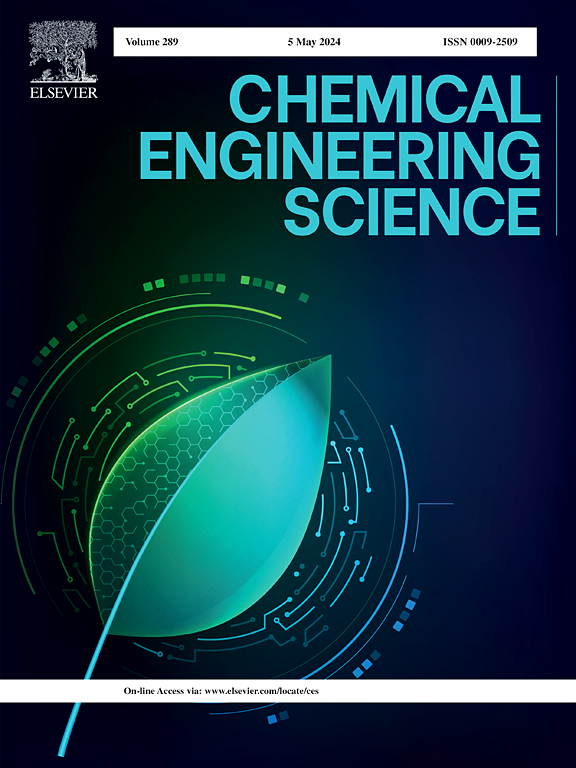碱熔法去除锆基合金表面污染的新方法
IF 4.3
2区 工程技术
Q2 ENGINEERING, CHEMICAL
引用次数: 0
摘要
锆基合金是核电站的重要材料。燃料包层和压力管是锆合金,由于其表面有惰性的ZrO2层,具有很强的耐腐蚀性。在反应堆运行过程中,氧化层受到放射性裂变和活化腐蚀产物的污染。因此,在这些压力管从运行中排放出来之后,对它们进行净化,并对燃料后处理过程中产生的燃料包层材料(Hull)进行净化,对于它们的安全处置至关重要。采用NaOH-KOH共晶混合物对锆基合金进行碱熔净化。工艺参数,如化学成分、温度和接触时间,都得到了优化。提出了溶解过程模型和机理。此外,该工艺在两种不同条件下制备的锆合金试样上成功地进行了测试。观察到,在AF过程的每个循环中,来自锆合金表面的ZrO2可以溶解 ~ 0.2 mg/cm2。本文章由计算机程序翻译,如有差异,请以英文原文为准。


Novel methodology for zirconium-based alloy surface decontamination using alkali fusion method
Zirconium-based alloys are important materials in nuclear power plants (NPP). The fuel-clad and pressure tubes are alloys of zirconium, highly corrosion-resistant due to the inert ZrO2 layer on its surfaces. During the reactor operation, oxide layers are contaminated with radioactive fission and activated corrosion products. Hence, decontamination of these pressure tubes after they are discharged from the operation and fuel-clad materials (Hull) generated during the fuel reprocessing are essential for their safe disposal. An Alkali Fusion (AF) decontamination process using NaOH-KOH eutectic mixture was developed for zirconium-based alloys. The process parameters, like chemical composition, temperature, and contact time, have been optimised. Process modelling and mechanism of dissolution were proposed. Further, the process was successfully tested on zircaloy specimens prepared via two different conditions. It was observed that ∼ 0.2 mg/cm2 of ZrO2 from the zircaloy surface could be dissolved in each cycle of the AF process.
求助全文
通过发布文献求助,成功后即可免费获取论文全文。
去求助
来源期刊

Chemical Engineering Science
工程技术-工程:化工
CiteScore
7.50
自引率
8.50%
发文量
1025
审稿时长
50 days
期刊介绍:
Chemical engineering enables the transformation of natural resources and energy into useful products for society. It draws on and applies natural sciences, mathematics and economics, and has developed fundamental engineering science that underpins the discipline.
Chemical Engineering Science (CES) has been publishing papers on the fundamentals of chemical engineering since 1951. CES is the platform where the most significant advances in the discipline have ever since been published. Chemical Engineering Science has accompanied and sustained chemical engineering through its development into the vibrant and broad scientific discipline it is today.
 求助内容:
求助内容: 应助结果提醒方式:
应助结果提醒方式:


